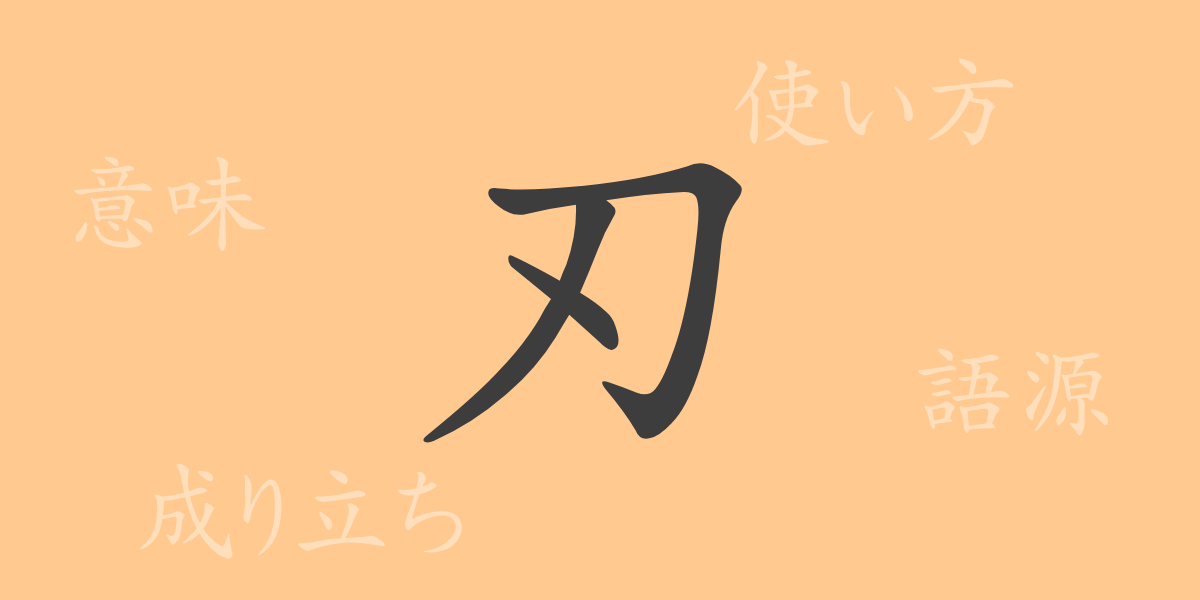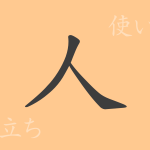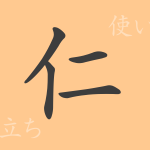The Japanese kanji ‘刃’ (は) is a familiar character in everyday life, deeply embedded in our daily experiences. This article explores the origins of ‘刃’, its meanings, applications, and its presence in idioms and proverbs, unveiling the depth and allure of this character.
Origins of 刃 (は)
The kanji ‘刃’ originated from ancient China, symbolizing the sharp edge of a blade. This character, representing the cutting edge of swords and knives, has been used since ancient times, reflecting its historical depth. The design of ‘刃’ visually expresses the sharpness and cutting quality of tools, mirroring its functionality in its form.
Meaning and Usage of 刃
‘刃’ primarily denotes the sharp part of a blade, such as those found on knives or swords. Metaphorically, it can describe intense conflicts or competitions, often used in the phrase ‘刃を交える’ (engage in close combat). Typically, it refers to parts of cutting instruments and can also depict their effects or impacts.
Readings, Stroke Count, and Radical of 刃
‘刃’ has several readings and its application varies:
- Readings: On’yomi ‘ジン’, Kun’yomi ‘は’, ‘やいば’
- Stroke Count: 8 strokes
- Radical: The radical is ‘刀部’ (かたなぶ), categorizing kanji with meanings related to blades.
Idioms, Phrases, and Proverbs Using 刃
Many idioms and proverbs include ‘刃’, each carrying unique significances. For example, ‘刃向かう’ (はむかう) illustrates defiance, while ‘刃物’ (はもの) refers to sharp tools like knives or cutters. The proverb ‘水に刃をうつ’ depicts futile efforts, likening them to striking water with a blade.
Conclusion on 刃
Through this exploration, we’ve uncovered various facets of the kanji ‘刃’. As a common character in Japanese, ‘刃’ is symbolic in both its form and meaning. From practical tools to metaphorical uses in language, ‘刃’ is deeply engraved in our culture. Each encounter with ‘刃’ reminds us of its rich background and the profound nature of the Japanese language.

























